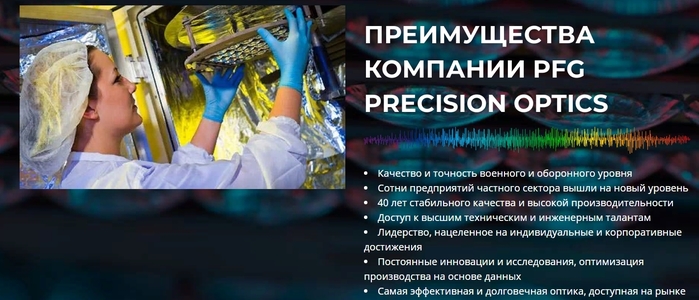How are precision optical component lenses made?
 Many of the most prevalent and widely used devices daily, such as technology and medical instruments, contain precision optical component lenses. Precision optical component lenses, also referred to as precision glass or optics, are used in the medical field and computers, smartphones, televisions, and other electronics. These lenses can be made from several different materials, including acrylics and polycarbonates used in some prescription glasses.
Many of the most prevalent and widely used devices daily, such as technology and medical instruments, contain precision optical component lenses. Precision optical component lenses, also referred to as precision glass or optics, are used in the medical field and computers, smartphones, televisions, and other electronics. These lenses can be made from several different materials, including acrylics and polycarbonates used in some prescription glasses.
Why Are They Made?
Precision optical component lenses are made to provide clear images for telescopes, binoculars, and microscopes. Making these lenses is a complex one that requires precision engineering. The foremost step of this method is cutting the glass into the desired shape. The next step involves grinding the glass to eliminate imperfections caused by the cutting process. This method can bring up to 48 hours on average, so ensuring quality control during the cutting phase is essential.
Types of precision optical component lenses
Precision optical component lenses are made through a process called vacuum deposition. In the process, a vaporized metal is deposited onto a substrate using an electric field. This method provides uniform and controllable film thickness and manufactures high-precision optics like microscopes and telescopes.
There are three typical ways to make a precision optical component lens:
- Press-molding
- Vacuum forming, and
- Injection molding.
These methods create an inner cavity in a mold that is then filled with the desired material. This makes a finished product precise in size and shape from edge to edge. Precision optical component lenses are used in various industries, from eyeglasses to solar panels. There are so many optical thin film coatings in PFG optics.
What does a lens do, and why is it important?
A precision optical lens is a lens that is specifically designed to be used with one type of light wavelength.
The precision optical lens is a lens that has been designed to have a smaller aperture (opening) and a shorter focal length.
This is important because it helps to decrease the size of the image, which in turn makes the photo more sharp and crisp.
The advantage of this lens is that you can take photographs at faster shutter speeds without blurring or loss of detail.
This is important because it allows for specific lenses for various types of applications, such as medical imaging, astronomy, and microscopy.
The manufacturing process of precision optical lens
The manufacturing process of the precision optical lens is complicated and time-consuming. It starts with producing a glass or plastic blank that is then ground and polished into the desired shape. The surfaces are then coated with a material such as silver, gold, or nickel to create an anti-reflective surface. The lens is then cut to size and mounted in a frame for use.
The manufacturing process of the precision optical lens is highly sophisticated and complex.
It starts with a lens blank coated with an anti-reflective coating, usually silicon dioxide.
Next, the lens surface is then subjected to polishing using a mixture of diamond particles and synthetic resin. The final step is the application of anti-reflective coatings on both surfaces, which are generally made from gold or silver ions.
